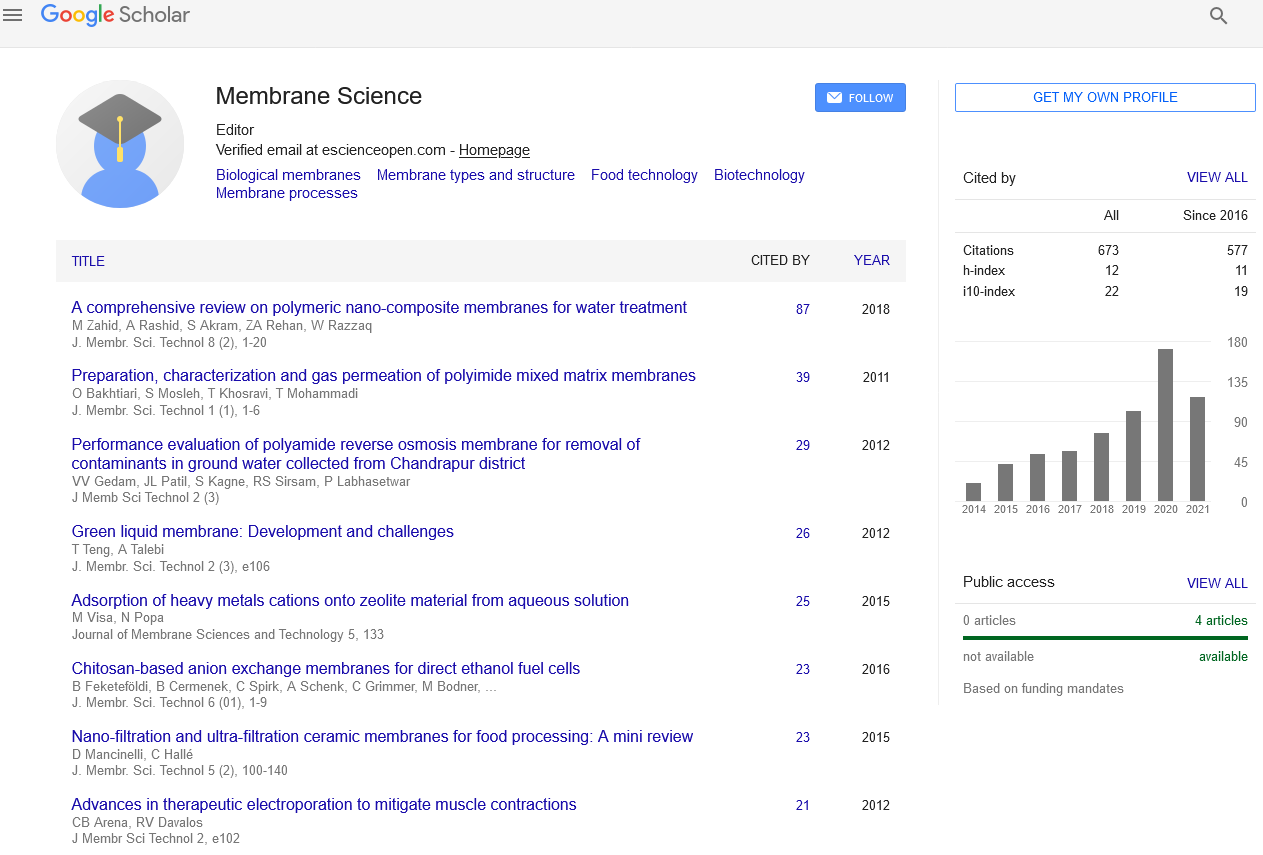Indexed In
- Open J Gate
- Genamics JournalSeek
- Ulrich's Periodicals Directory
- RefSeek
- Directory of Research Journal Indexing (DRJI)
- Hamdard University
- EBSCO A-Z
- OCLC- WorldCat
- Proquest Summons
- Scholarsteer
- Publons
- Geneva Foundation for Medical Education and Research
- Euro Pub
- Google Scholar
Useful Links
Share This Page
Journal Flyer

Open Access Journals
- Agri and Aquaculture
- Biochemistry
- Bioinformatics & Systems Biology
- Business & Management
- Chemistry
- Clinical Sciences
- Engineering
- Food & Nutrition
- General Science
- Genetics & Molecular Biology
- Immunology & Microbiology
- Medical Sciences
- Neuroscience & Psychology
- Nursing & Health Care
- Pharmaceutical Sciences
Abstract
Structures and Properties of Oxide Barrier-Film of Anodized Aluminum by Electrochemical Impedance Spectroscopy at the Nano-metere Scale
In this study, the effect of the annealing treatment on electrochemical behavior and the oxide barrier-film thickness of anodized aluminum-magnesium (Al-Mg) alloy were investigated. Electrochemical parameters such as the polarization resistance (RP), solution resistance (RSol), alternating current impedance (Z), and the double layer capacitance (CdL) of the anodized Al-Mg alloy were determined in sulfuric acid solutions ranged from -1 % H2SO4 by electrochemical impedance spectroscopy (EIS) methods. Then, the oxide film thickness of the anodized Al-Mg alloy was determined from the obtained electrochemical parameters as a function of the sulfuric acid concentration (-1 % H2SO4), in the as received sample and annealed sample conditions. The optimum thickness of the oxide film was determined for the as received samples (4.2nm) and for the annealed samples (0.63nm) in sulfuric acid concentrations of 4% and 2% H2SO4, respectively. The reason behind the oxide film thickness of the as received samples is greater than the one for the annealed samples, because the former samples are thermodynamically unstable (more chemically active) as compared to the annealed samples. A mathematical model was developed to interpret the mechanism of the oxide film build up on the aluminum substrate. The mathematical model of the oxide film build up on the aluminum substrate was proposed for the next challenge of the present work.


